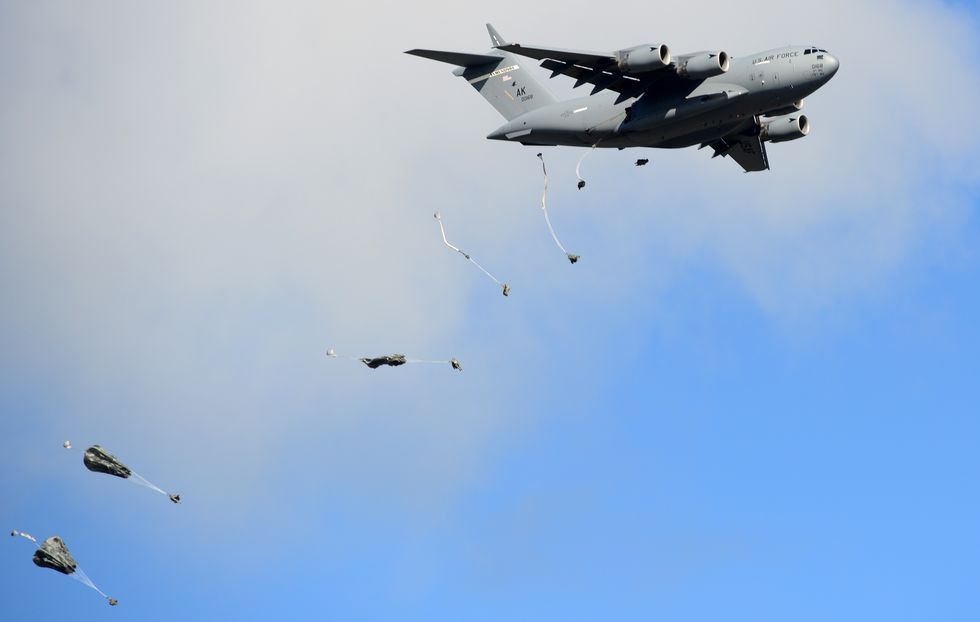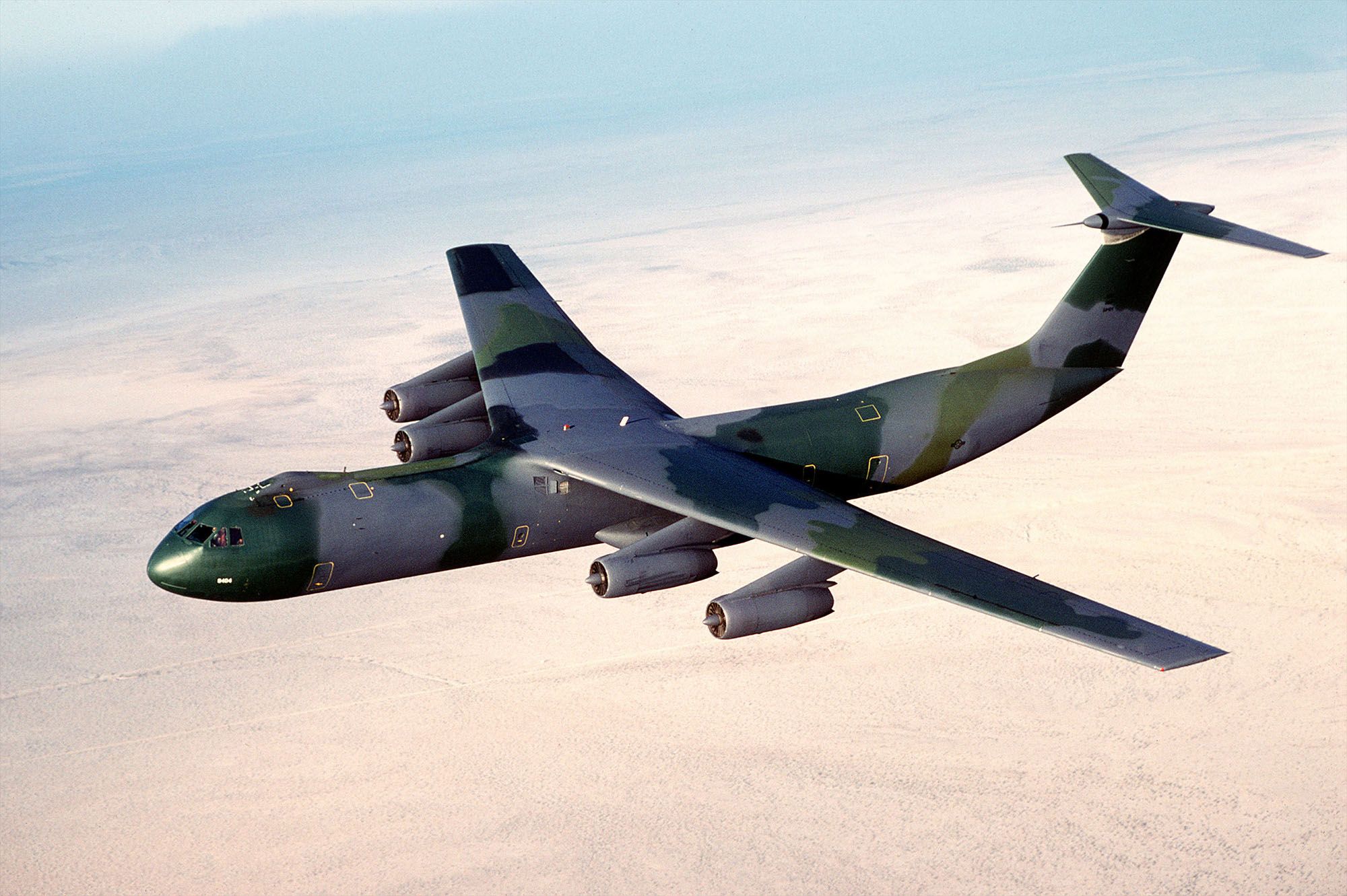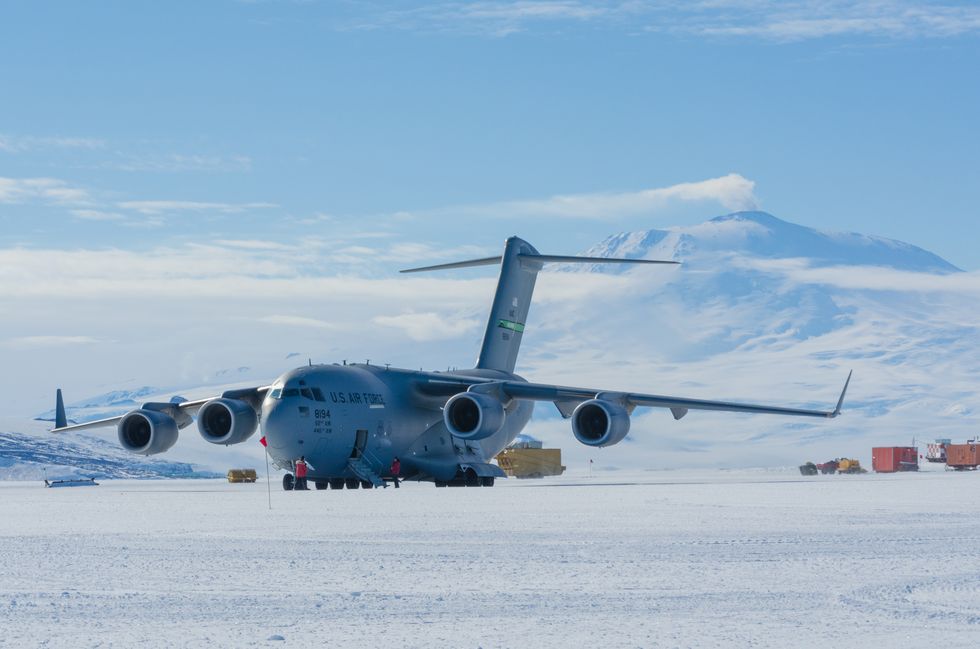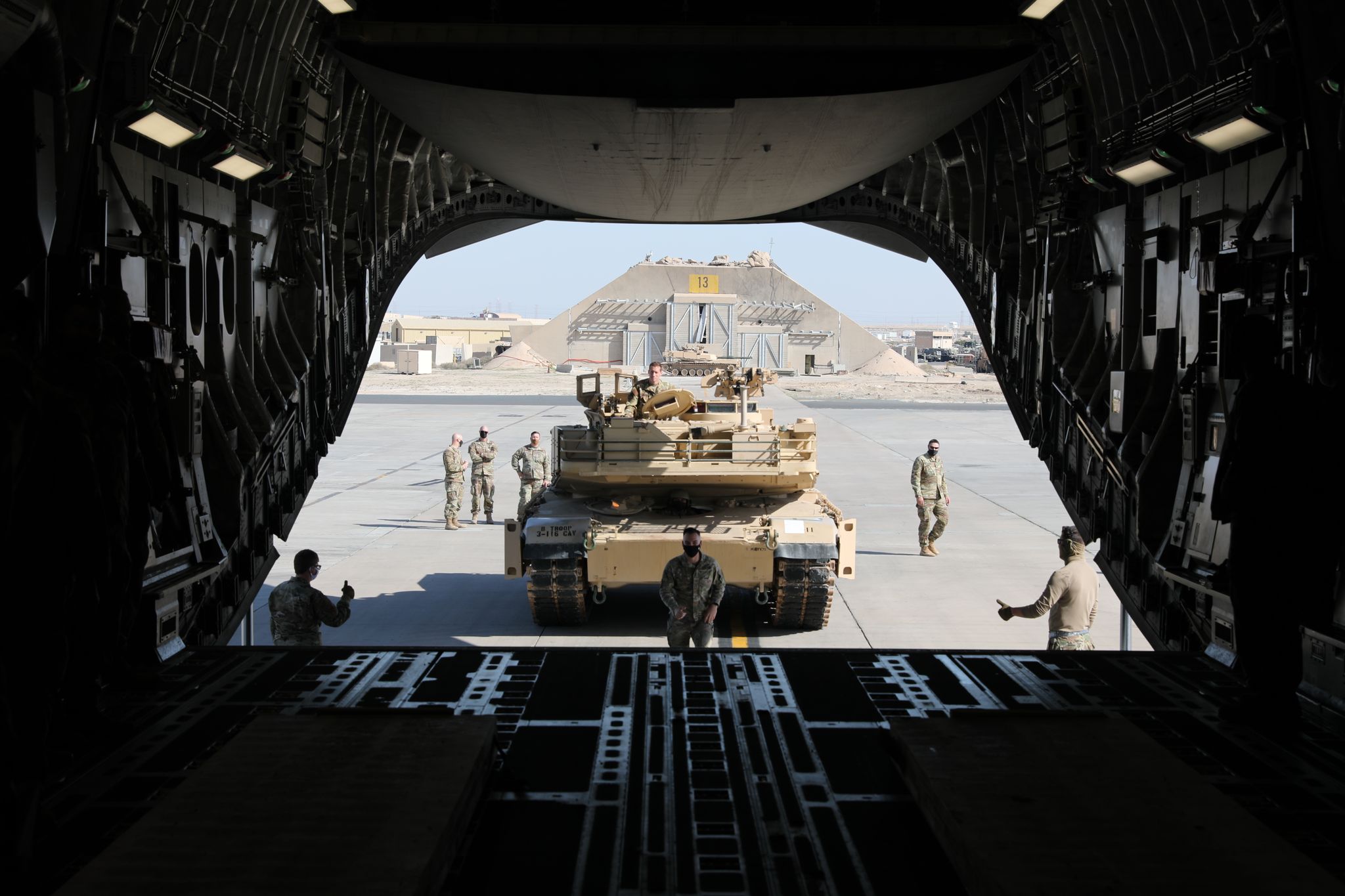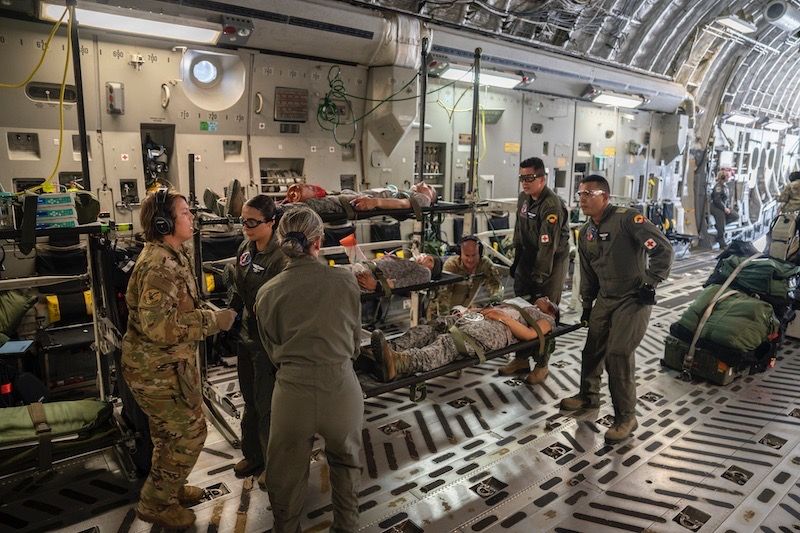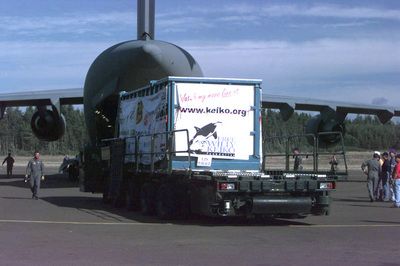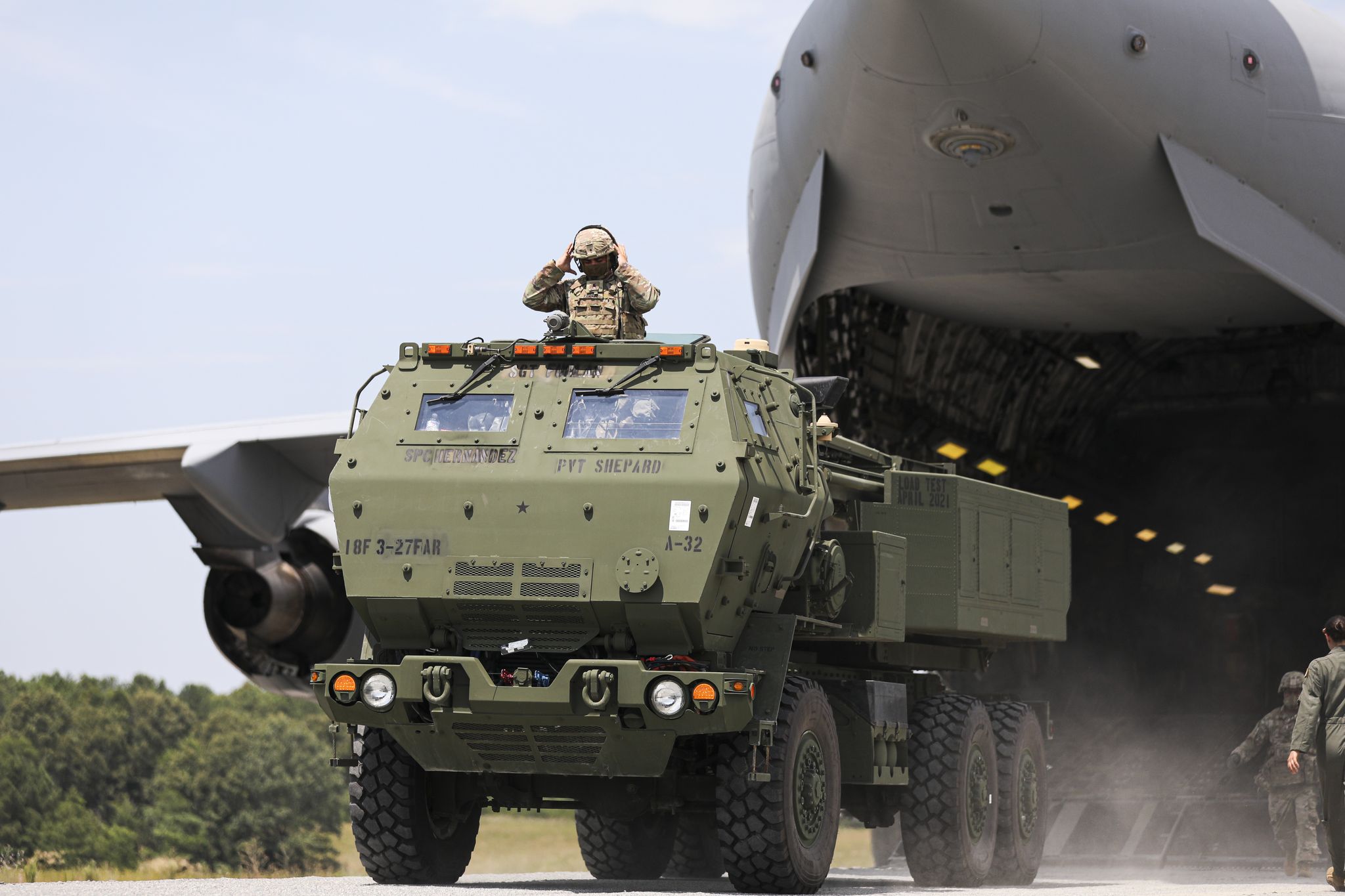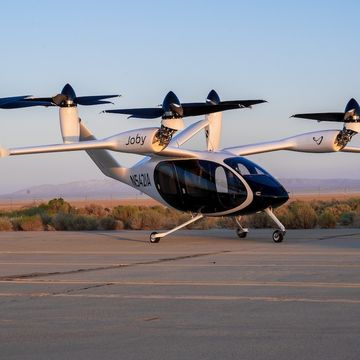On March 26, 2003, just three days into the U.S. invasion of Iraq, 15 C-17 Globemaster III transports took off from Aviano Air Base in Italy. The Globemasters were packed to the gills with an airborne task force of the 173rd Airborne Brigade on what would be the first U.S. Army combat parachute drop since the 1989 invasion of Panama. Their destination: Harir Air Base (then called Bashur Air Base) in Northern Iraq, where they would open the northern front in the war to topple Iraqi dictator Saddam Hussein.
The C-17s’ flight path took them over the Balkans, Turkey, and then finally Iraq itself. The pilots and flight crew wore night-vision goggles—gear they had not normally trained with—to maintain formation throughout the night flight and into battle. As the train of squat, heavily laden transports neared the air base, they began an unnerving descent from a cruising altitude of 30,000 feet down to 1,000 feet at a rate of up to 4,500 feet per minute. Although the maneuver was risky, especially with the pilots seeing the world through night vision, planners believed it was necessary to avoid man-portable surface-to-air missile fire until the last possible moment. Shot down by an SA-14 missile, a single C-17 would claim the lives of more than 100 paratroopers and Air Force personnel.
At five miles from the objective, the transports leveled out, homing in on markers the pathfinders had set up. Ten transports dropped paratroopers, while another five dropped vehicles and pallets of equipment. Each paratrooper had just one second to clear the door and exit the plane while laden with a parachute and the necessary equipment, jumping into 135-knot winds. Once the drop was complete, the C-17s winged their way back to Aviano.
The next day, the brigade would air-land the rest of the 173rd Airborne’s combat power, plus a task force of Abrams tanks and Bradley fighting vehicles. Within five days, a force of just 12 transport planes had flown 62 missions, delivering 2,175 personnel, 3,060 tons of cargo, and 408 vehicles to Bashur. The C-17 Globemaster III had just demonstrated what made it a badass plane.
Succeeding a Starlifter
In the late 1970s, the U.S. Air Force began planning for a new transport aircraft that would replace the Lockheed C-141 Starlifter. The aircraft entered service in 1965, and a fleet of 270 Starlifters worked hard to support the Vietnam War effort as well as the ensuing Cold War. The service would need to retire the Starlifters sometime around the mid-1990s, right around when the bulk of the fleet would hit the 30-year mark.
At the time, the Air Force’s heavy jet transports included the C-5 Galaxy, capable of carrying main battle tanks, and the C-141, which could not. The service wanted a C-141 replacement that had the range of a C-5 and that could also carry tanks. The Soviet invasion of Afghanistan and the toppling of the Iranian government had also placed an emphasis on rapidly deployable forces across the Pentagon that could operate from austere environments. So, the capability of taking off and landing from shorter, 3,000-foot-long landing strips was added to the new aircraft.
The Air Force announced the new aircraft, known as C-X, in 1979. Boeing, Lockheed, and McDonnell-Douglas (which would later become part of Boeing) put forward a number of competing entries for the new aircraft, including militarized versions of commercial jetliners, an updated C-141, and entirely new designs. McDonnell-Douglas had developed the YC-15, a new transport for the short-lived Advanced Medium Short Takeoff and Landing Transport program, and the company’s C-X prospect retained a lot of those same features, including the use of the Coanda effect. According to NASA, this effect involves deflecting “a part of the exhaust from an aircraft engine over the wing of an aircraft in flight”; this increases lift by up to a factor of three.
In 1981, McDonnell Douglas won the competition to build the C-X, which had officially been dubbed the C-17. The aircraft entered full-scale development in 1986, and first flew on September 15, 1991, a year later than expected. The C-17 would be notably absent from Operation Desert Shield, the air bridge that shuttled U.S. military equipment from Europe and the continental United States to Saudi Arabia—a massive deployment that would turn out to be the C-141 Starlifter’s swan song.
Master of the Globe
The C-17 was 173 feet, 11 inches long from nose to tail. Curiously, the plane’s wingspan—at 170 feet, 9 inches wide—makes it nearly as wide as it is long. The cargo compartment is 85 feet, 2 inches long; 18 feet wide; and 12 feet, 4 inches high. As a result, the wide-bodied transport has a gravid, lumbering profile that has earned it the nickname “Buddha” and “Moose.” The aircraft can carry a total of 170,900 pounds of equipment, 18 modular pallets of equipment, or up to 102 paratroopers.
The M1A1, at 12 feet wide and 126,000 pounds, could not fit in the older C-141 Starlifter’s 10-foot-wide cargo box. The C-17 was specifically designed to carry one M1A1 Abrams tank. In lieu of a main battle tank, the transport could instead carry two M2 Bradley fighting vehicles, three AH-64 Apache attack helicopters, or a single Patriot surface-to-air missile firing unit. Additionally, a C-17 can carry two M270 Multiple Launch Rocket Systems, the Army’s tracked rocket launcher vehicle, or two M142 HIMARS truck-mounted rocket launcher systems.
In addition to its core transport mission, the C-17 shines as an aeromedical evacuation transport. The missions typically involve transporting seriously wounded personnel from a combat theater to hospitals in the U.S. or Europe. The C-17’s “big, bright, and spacious interior,” with hookups for medical-grade oxygen, make it the aircraft of choice for the mission. A C-17 can make room for up to 60 litters, with one doctor, two flight nurses, and three medical technicians to tend to patients during the flight.
A C-17 can also embark the Transportation Isolation System (TIS), a self-contained, palletized package that allows the air transport of people with infectious diseases. The TIS was developed in 2014, when U.S. forces were deployed to Africa to help contain an Ebola outbreak in West Africa. The TIS is watertight and utilizes “high-efficiency particulate air (HEPA) filtration systems to contain both airborne and non-airborne pathogens.” As such, the TIS includes a decontamination chamber for medical personnel to don and remove protective gear. Each TIS can accommodate two litter patients or four ambulatory patients, and each C-17 can carry two TIS pallets.
Taking Flight
The C-17’s operational record began with 1999’s Operation Allied Force, the NATO intervention in Yugoslavia. In 2001, C-17s supported Operation Enduring Freedom, the invasion of Afghanistan after the attack on 9/11. In 2003, the big planes flew in support of the invasion of Iraq, including the airdrop of the 173rd Airborne Brigade. C-17s supported European deployments to Mali and Australian deployments to East Timor in 2006. C-17s also regularly deliver humanitarian aid to disaster zones worldwide; their ability to land in just 3,500 feet and reverse engines backward helps them operate from short or damaged runways.
C-17s regularly fly the route between Christchurch, New Zealand and McMurdo Station, Antarctica. The aircraft make use of fields of sea ice for runways on the frozen continent, though the ice must be at least six feet thick to support the weight of the aircraft. C-17s also support the President of the United States and the presidential motorcade when it travels outside Washington D.C. In 1998, a C-17 was chartered to transport Keiko, the Orca that inspired “Free Willy,” from its home in Oregon to Iceland where he was prepared for release.
The Future
In a future conflict, the C-17 Globemaster’s un-refueled range will allow it to support U.S. forces across the Asia-Pacific, hauling troops, fuel, food, weapons, and spare parts wherever they’re needed. The aircraft can fly up to 2,400 nautical miles un-refueled, or from Travis Air Force Base in California to Joint Base Hickam on the island of Oahu, Hawaii. Its midair refueling capability and the Air Force’s large fleet of aerial refueling tankers, like the KC-135 Stratotanker and new KC-46 Pegasus, give the C-17 effectively unlimited range.
Other missions could be more “kinetic.” In December 2021, the U.S. Air Force tested its new Rapid Dragon concept, in which palletized missiles such as the Joint Air-to-Surface Standoff Missile, an air-to-ground cruise missile, are loaded onto transport aircraft, transforming them into temporary bombers. Once a transport like the C-17 enters strike range, the pallets roll off and begin launching their missiles. Using the pallet system, a C-17 could launch as many as 27 JASSM missiles, more than a B-2 stealth bomber.
One of the newest missions for the C-17 could be as part of an air-land rocket raiding force. The U.S. Army’s HIMARS trucks train to roll onto C-17s, quickly roll off at their destination, fire a salvo of precision-guided rockets at unsuspecting enemy targets, and return to the C-17 for a quick departure. Rockets include the GMLRS GPS-guided missile used in Ukraine, the ATACMS tactical missile, and the new PrSM missile with a 300-mile range. The Air Force can even transmit targeting data to the Army’s rockets and missiles mid-flight, ensuring that HIMARS units don’t have to spend a minute more on the ground than absolutely necessary.
There are exactly 222 C-17s in service with the U.S. Air Force, Air Force Reserve, and Air National Guard out of an original buy of 223 aircraft. Despite nearly a dozen mishaps, only one aircraft has been lost in 30 years—a remarkable safety record. The C-17 production line ended in 2015, so the Air Force and its allies won’t be buying any more aircraft. There are currently no plans to replace the plane, even though the average aircraft age is 19 years.
Most of Popular Mechanics’ badass planes are armed aircraft like fighters, attack jets, and bombers. But a plane capable of hauling a killer whale halfway around the world one day, launching more than two dozen cruise missiles the next day, and transporting infectious disease patients the day after that is in its own class entirely. There is nothing quite so versatile in the world as the C-17 Globemaster III, and nothing quite so badass.

Kyle Mizokami is a writer on defense and security issues and has been at Popular Mechanics since 2015. If it involves explosions or projectiles, he's generally in favor of it. Kyle’s articles have appeared at The Daily Beast, U.S. Naval Institute News, The Diplomat, Foreign Policy, Combat Aircraft Monthly, VICE News, and others. He lives in San Francisco.

